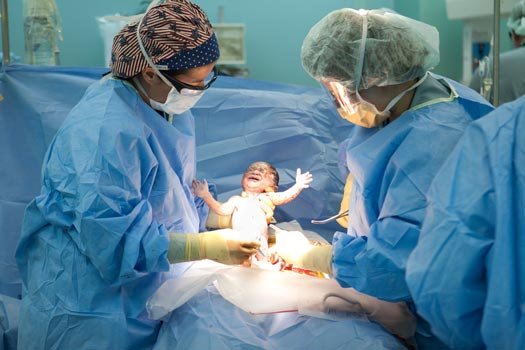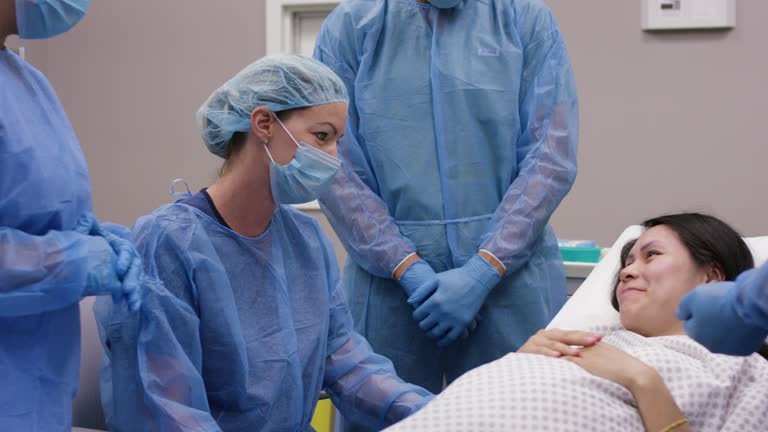Understanding C-Section Delivery
A Cesarean section (C-section) is a surgical procedure used to deliver a baby when a vaginal birth is not possible or poses risks to the mother or baby. The baby is delivered through incisions made in the abdomen and uterus. C-sections can be planned in advance due to known complications or performed emergently when unexpected issues arise during labor.
Today, C-sections are safer than ever before, thanks to advances in anesthesia, surgical technique, and post-operative care. While it’s a major surgery, it has become a common and life-saving option, accounting for nearly 30–35% of births in many countries.
Medical Reasons to Choose a C-Section
A C-section might be recommended for many medical and obstetric reasons. Here are the most common:
-
Breech or Transverse Baby: When the baby is not positioned head-down at the time of labor.
-
Placenta Previa: The placenta covers the cervix, blocking the baby’s exit.
-
Fetal Distress: When the baby shows signs of oxygen deprivation.
-
Multiple Pregnancies: Twins, triplets, or more may require surgical delivery.
-
Previous C-Section: Sometimes, a repeat C-section is safer than vaginal birth after cesarean (VBAC).
-
Maternal Conditions: High blood pressure, heart disease, or infections like active genital herpes.
These decisions are made collaboratively between the mother and her doctor, always prioritizing the safety and health of both the mother and baby.


What to Expect During the Procedure
A planned C-section is typically carried out under spinal or epidural anesthesia, so the mother remains awake but pain-free during the procedure. Here’s how it generally goes:
-
Preparation: Includes IV fluids, a catheter, and anesthesia.
-
Incision: A horizontal cut is made just above the pubic area.
-
Delivery: The baby is gently guided out through the uterus.
-
Closure: The uterus and abdomen are stitched up in layers.
The entire surgery usually takes 30 to 45 minutes, and the baby is often delivered within the first 10 minutes.
Recovery and Aftercare
Recovery from a C-section generally takes longer than a vaginal delivery. Most women stay in the hospital for 3 to 4 days, depending on their health. Here are a few important recovery tips:
Rest and gentle movement: Avoid heavy lifting for 6–8 weeks.
Pain management: Doctors prescribe medications that are safe even during breastfeeding.
Wound care: Keep the incision area clean and dry to prevent infections.
Support system: Emotional support from family helps healing.
Dr. Tuhina Goel’s clinic provides personalized postpartum care, including lactation counseling, wound check-ups, and recovery monitoring to make the healing journey smoother.

Why Choose Dr. Tuhina Goel’s Clinic for C-Section Delivery
At Dr. Tuhina Goel’s clinic, we ensure that even a surgical birth feels personal, safe, and empowering. Here’s what sets us apart:





We believe that every birth, whether vaginal or surgical, should be a positive and memorable experience. We walk with you every step of the way – from planning to delivery to postpartum care.
